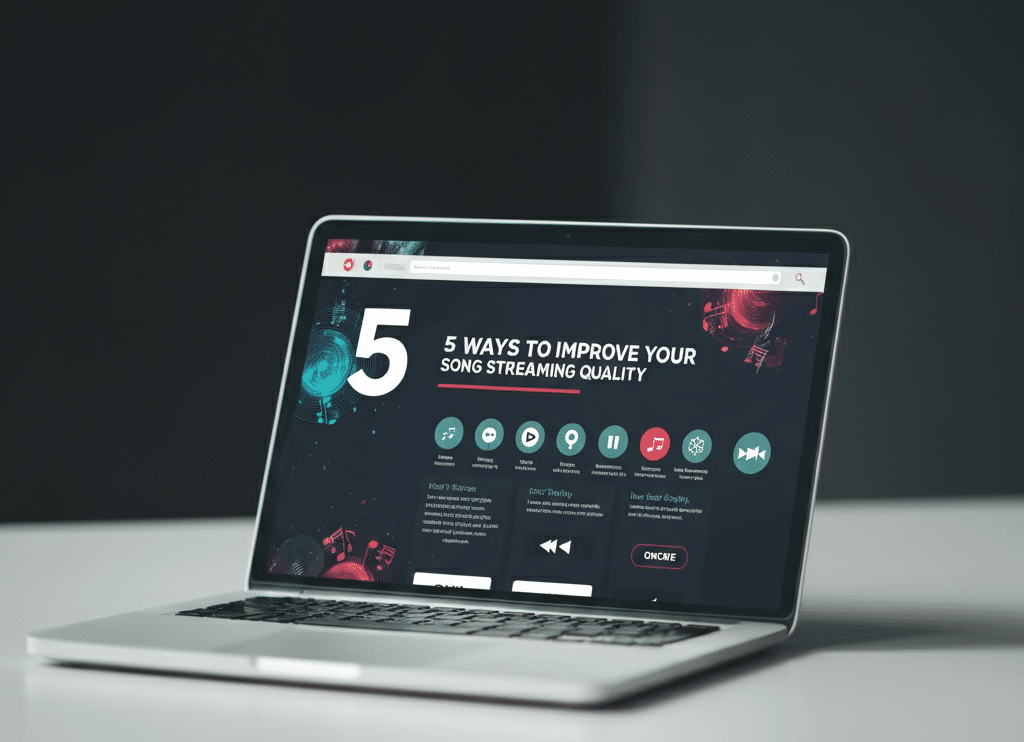5 Ways to Improve Your Song Streaming Quality
Are you tired of your music sounding muffled, cutting out, or just not hitting the right notes? You press play on your favorite song, but it doesn’t sound as crisp and clear as you’d like. The good news is that you don’t need expensive gear to get better audio.
With a few simple adjustments, you can greatly improve your song streaming quality. Planning a corporate event? The top DJ, Will Gill, delivers impressive sound and energy! Check out fun highlights from AT&T Business, CDW, Team USA, Virgin Galactic, and others on his Instagram!
Check out Will Gill’s performance in the video below.
Here are five easy ways to get a better listening experience from your music apps.
1. Check Your Internet Connection
Your internet connection is the foundation of good streaming quality. If your Wi-Fi is weak, your music app may reduce audio quality to avoid buffering. Think of it like a video that becomes blurry when your connection is weak.
To fix this, try moving closer to your Wi-Fi router. Disconnect other devices using the internet, especially if they’re downloading or streaming. For the most stable connection, streaming over Wi-Fi is almost always better than using your mobile data.
2. Adjust Your App’s Audio Settings
Most people don’t realize they can change the sound quality directly inside their music app. Streaming services like Spotify and Apple Music often default to a “Normal” or “Automatic” quality setting to save data. However, you can manually change this for better sound.
Open your app’s settings and look for an “Audio Quality” or “Streaming Quality” section. You will usually see options like Low, Normal, High, and Very High. Select the highest setting available. Just remember that higher quality uses more data, so it’s best to use this setting when you are connected to Wi-Fi.
3. Use Quality Headphones or Speakers
The device you use to listen makes a huge difference. The earbuds that come with your phone are okay, but they lack the rich sound of better headphones.
You don’t have to spend a fortune. Even a mid-range pair of over-ear headphones or a decent Bluetooth speaker can reveal new layers in your music. A wired connection usually sounds better than a wireless one because it avoids the quality loss associated with Bluetooth.
4. Download Your Favorite Songs
If you often listen to music on the go where your connection might be spotty, downloading your songs is a great solution. When you download a track, the file is saved directly on your device. This means playback is not affected by a weak or non-existent internet signal.
Before you download, make sure your app’s download quality is set to “High” or “Very High.” This ensures you’re saving the best possible version of the song. You can then listen offline without worrying about buffering or drops in quality.
5. Consider a High-Fidelity Service
If you’re a true music lover and have tried everything else, you might want to explore high-fidelity (Hi-Fi) streaming. Services like Tidal and Amazon Music HD offer “lossless” audio, which is a much higher quality than standard streaming. It preserves all the original details of a recording, so you hear the music exactly as the artist intended.
These services usually cost a bit more, but for anyone who values crystal-clear sound, the difference can be night and day. It’s the closest you can get to studio-quality audio in a streaming app.
